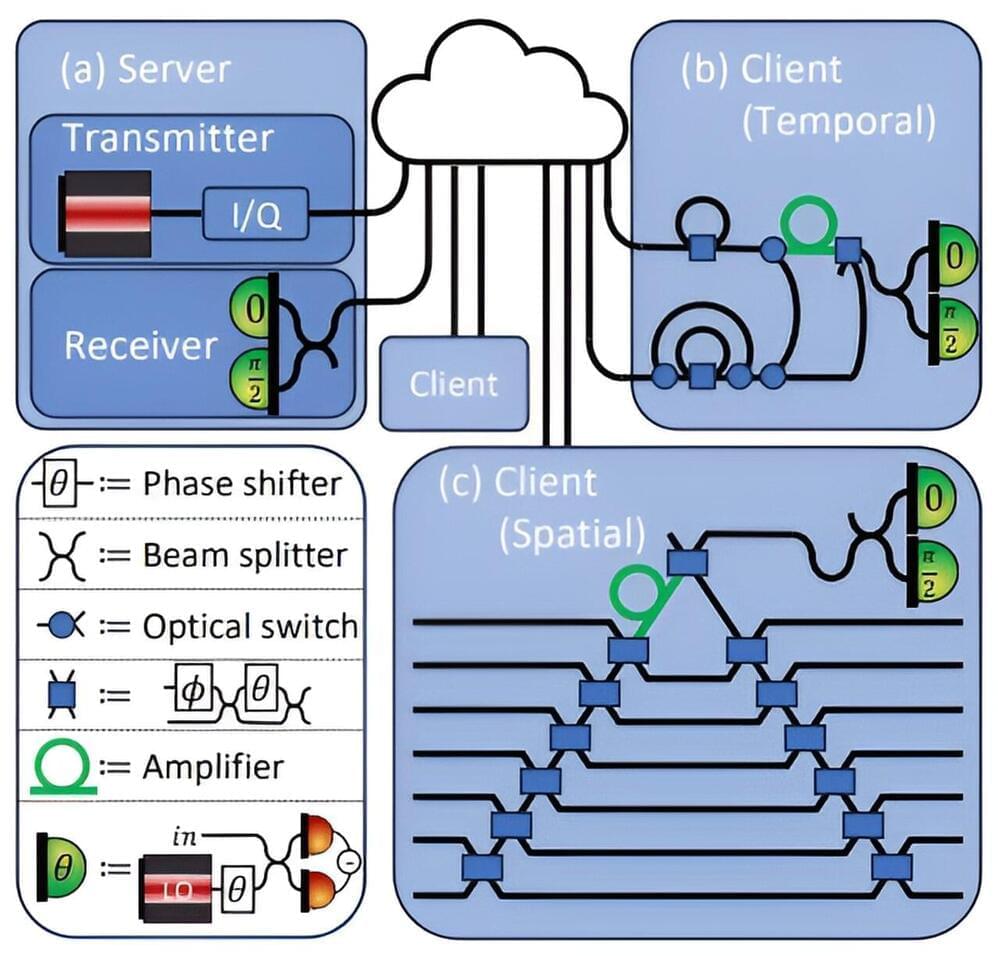White House declares BGP security issues a national priority – BGP handles routing for the entire internet.
A Dangerous Network: The Border Gateway Protocol has been the primary routing technology for the internet for at least three decades. Like other fundamental internet protocols developed in the 1980s, BGP was not originally designed with security in mind – and it shows.
After numerous incidents related to traffic routing among different autonomous systems, the White House has decided to address the security issues of the Border Gateway Protocol. The US administration has tasked the White House Office of the National Cyber Director with developing a roadmap to enhance the security of routing procedures managed through BGP.
The venerable BGP is one of the most fundamental protocols that emerged alongside the modern internet, according to a White House press release. This standardized technology provides a practical way for over 70,000 independent networks or autonomous systems to collaborate and exchange data packets effectively. Cloud providers, internet service providers, universities, utilities, and even government agencies rely on BGP to connect the internet we know today.







